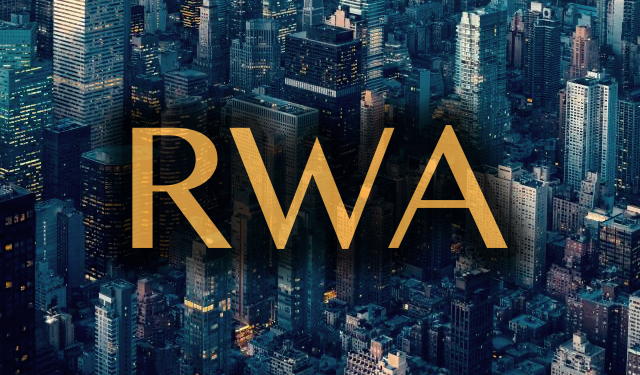Introduction
The Real-World Assets (RWA) industry is stealing the spotlight in 2025, soaring an incredible 237% and doubling its market cap to $19 billion in under three months. Tokenized assets—like real estate, bonds, and commodities—are reshaping finance on blockchain, sparking a global investment frenzy. What’s igniting this meteoric rise? Is it a golden opportunity or a bubble waiting to burst? Let’s unpack RWA’s journey from $9.5 billion to $19 billion and explore the forces behind its success. Whether you’re a crypto newbie or a seasoned investor, this deep dive reveals why RWA is the talk of the town—and what it means for your portfolio!

What Are RWAs and Why Are They a Big Deal?
Decoding Real-World Assets (RWA)
Real-World Assets (RWAs) bring physical and financial assets—like properties, gold, or debt—onto blockchain as digital tokens. Imagine a $1 million apartment split into 1 million tokens, each worth $1, tradable by anyone with a crypto wallet. This tokenization trend is revolutionizing ownership, making high-value assets accessible beyond the ultra-wealthy.

Why RWAs Are Shaking Up Finance
With a $19 billion market cap, RWAs are more than a crypto buzzword—they’re a game-changer. They blend traditional finance with blockchain’s perks: instant liquidity, slashed fees, and borderless access. In a shaky economy, investors are ditching risky altcoins for RWAs’ stability, fueling its 237% surge and turning heads globally.

RWA’s 237% Surge: Numbers and Key Drivers
From $9.5B to $19B in Just Months
As of March 31, 2025, the RWA sector has rocketed from $9.5 billion to $19 billion—a jaw-dropping 237% leap since January. This isn’t luck; Q1 2025 saw a flood of RWA projects, from tokenized U.S. real estate to European bonds, pulling in billions from eager investors.
What’s Driving This Explosive Growth?
Three big forces are at play. First, blockchain tech—like Ethereum and Solana—has matured, offering fast, cheap, and secure platforms for RWAs. Second, institutions are piling in; banks and hedge funds see RWAs as a hedge against uncertainty. Third, pro-crypto regulations in hubs like Singapore and the U.S. are greenlighting this $19B boom.

Pros and Cons of the RWA Boom
Why Investors Love RWAs
RWAs shine with benefits. They offer lightning-fast liquidity—sell a property token in seconds, not months. They ditch intermediaries, slashing costs. Best of all, they open doors for small investors to own fractions of premium assets. With a $19 billion market cap, RWAs are a hot ticket for retail and big players alike.
The Risks Holding RWAs Back
It’s not all rosy. Legal uncertainty looms—many nations don’t fully recognize tokenized assets, risking investor funds. Security’s a worry too; a blockchain breach could wipe out millions. Plus, crypto volatility might rattle RWA values, even with real-world backing, threatening that $19B milestone.

RWA’s Future: Next Big Thing or Bust?
Where RWAs Could Go in 5 Years
Experts see RWAs hitting $50-100 billion by 2030, fueled by its 237% surge. Heavyweights like BlackRock entering the fray signal massive potential. Blockchain upgrades and wider regulatory nods could push RWAs into mainstream finance, far beyond today’s $19 billion.

Could RWAs Be a Bubble Waiting to Pop?
But caution’s warranted. Hype without substance could inflate a bubble, echoing past crypto crashes. If projects overpromise or regulations tighten, that $19B market cap might falter. Smart investors must dig into fundamentals—not just ride the 237% wave.
Conclusion
The RWA industry’s 237% surge to a $19 billion market cap in Q1 2025 marks a turning point in finance. Tokenized real estate, bonds, and more are rewriting investment rules, blending blockchain innovation with real-world value. Yet, legal hurdles, security risks, and volatility loom large. Ready to jump in? Research thoroughly, pick winners, and act fast—RWA’s reshaping wealth, and you don’t want to miss out. The future’s tokenized—are you on board?





